2002-09-26 10:07
Tanspacific container lines announce 2003 rate program
Container shipping lines operating from Asia to the U.S say they must improve their overall revenue situation in 2003 if they are to keep pace with service demands in the world?s largest ocean shipping trade lane.
Chief executives of 14 major Pacific carriers, meeting in Washington D.D this past week, say they intend to raise base freight rates across the board in their 2003 -04 tariffs and service contracts by US $700 per 40-foot container (FEU) for all-water services to U.S West Coast and East Coast ports, and by US$900 for all intermodal inland point and cross ?country minilandbridge shipments, with proportionate increase for other equipment sizes and cargo otherwise rated. The increase will take effect upon expiry of current contracts or May 1, 2003, whichever is sooner.
Carriers also plan to include provisions in upcoming contracts that address ongoing cost considerations. Specifically;
Contracts will be subject to tariff terminal handling charges (THCs), quarterly adjusted fuel surcharges and all other applicable accessorial charges.
A peak season surcharge of US$ 300 per FEU will be applied from June 15 through October 31, 2003.
Free time allowances will be limited to those provided for in standard tariff provisions.
New contracts will contain language allowing for future implementation of surcharges to cover government mandated port/maritime security costs, as those costs arise.
Finally, lines announced a further extension of the current US$300 per FEU peak season surcharge through November 30, 2002, given expectations for a continued strong market and full ships well into the fall season.
The 14 carrier CEOs, meeting as members of the Transpacific Stabilization Agreement (TSA) discussion forum, cited several factors driving the 2003 rate increase and revised contract terms an evolving transpacific market; customer demand for more extensive and sophisticated services; steadily rising information technology, equipment and other costs; and the decline in rates since late 2001 below levels considered compensatory.
Transpacific cargo demand grew by 17.5% in first half 2002 over the same period in 2001, to nearly 1.9 million 40-foot container loads (FEU), and July 2002 year ?on-year cargo volume is up 24%. Behind the more obvious explanations for this growth ?replenishment of business inventories, consumer spending related to a strong real estate market, low interest rates, and a strong dollar ?is a larger issue, the lines concluded.
A critical mass of foreign manufacturing investment has steadily been transforming Asia into the primary manufacturing source for the U.S and much of Europe. The transpacific freight market now accounts for about 16% of global container trade, according to Drewry Shipping Consultants, making it the world?s largest trade has. Some 60% of the trade moving from Asia to the U.S is from China, including the gateway of Hong Kong.
A growing share of the trade is manufacturing and retail supply chain shipments from contract factories or joint venture plants in Asia. This segment of the business relies more heavily on end-to-end, time-definite transportation and logistics services, requiring real-time shipment visibility on the Internet and complex consolidation and distribution services.
?Carriers have been struggling to provide the full range of transportation and logistics services customers expect in a highly competitive environment,?said Transpacific Stabilization Agreement (TSA) Executive Director Albert A. Pierce. ?They?ve increased service levels and lowered rates, hoping to make up the difference in managing and bringing down costs. Despite major progress in cost control, failure to restore rates in 2002 will likely result in transpacific carrier losses of some $2billion this year. Carriers are simply not being adequately compensated for the service provided.?
Pierce noted, in addition, that several smaller carriers, including some that entered the transpacific trade after rates increased in 1999, have since scaled back or canceled services.
As the Asia ?U.S freight market evolves from a two ?way export ?import trade lane to balanced manufacturing investment supply line, several key trends have resulted. Peak seasons are greatly extended in healthy years and compressed into short, sharp spikes in economically troubled ones, marking it difficult to scale vessel and equipment fleet sizes. Vessel loading stowage, trip and contingency planning have become more complicated to accommodate time sensitive moves. Lastly, unpredictable, inadequate revenue streams limit carriers?flexible to pursue longer-term capital investment and service improvements.
Carriers anticipate another strong transpacific market next year from Asia to the U.S., with at least 8-9% cargo growth overall and 14% growth out of China. The rate program, they add, will be critical to maintaining service viability, expansion and choice in such an environment.
TSA is a voluntary discussion and research forum of 14 major container shipping line serving the trade from Asia to port and inland point destinations throughout the U.S.
Chief executives of 14 major Pacific carriers, meeting in Washington D.D this past week, say they intend to raise base freight rates across the board in their 2003 -04 tariffs and service contracts by US $700 per 40-foot container (FEU) for all-water services to U.S West Coast and East Coast ports, and by US$900 for all intermodal inland point and cross ?country minilandbridge shipments, with proportionate increase for other equipment sizes and cargo otherwise rated. The increase will take effect upon expiry of current contracts or May 1, 2003, whichever is sooner.
Carriers also plan to include provisions in upcoming contracts that address ongoing cost considerations. Specifically;
Contracts will be subject to tariff terminal handling charges (THCs), quarterly adjusted fuel surcharges and all other applicable accessorial charges.
A peak season surcharge of US$ 300 per FEU will be applied from June 15 through October 31, 2003.
Free time allowances will be limited to those provided for in standard tariff provisions.
New contracts will contain language allowing for future implementation of surcharges to cover government mandated port/maritime security costs, as those costs arise.
Finally, lines announced a further extension of the current US$300 per FEU peak season surcharge through November 30, 2002, given expectations for a continued strong market and full ships well into the fall season.
The 14 carrier CEOs, meeting as members of the Transpacific Stabilization Agreement (TSA) discussion forum, cited several factors driving the 2003 rate increase and revised contract terms an evolving transpacific market; customer demand for more extensive and sophisticated services; steadily rising information technology, equipment and other costs; and the decline in rates since late 2001 below levels considered compensatory.
Transpacific cargo demand grew by 17.5% in first half 2002 over the same period in 2001, to nearly 1.9 million 40-foot container loads (FEU), and July 2002 year ?on-year cargo volume is up 24%. Behind the more obvious explanations for this growth ?replenishment of business inventories, consumer spending related to a strong real estate market, low interest rates, and a strong dollar ?is a larger issue, the lines concluded.
A critical mass of foreign manufacturing investment has steadily been transforming Asia into the primary manufacturing source for the U.S and much of Europe. The transpacific freight market now accounts for about 16% of global container trade, according to Drewry Shipping Consultants, making it the world?s largest trade has. Some 60% of the trade moving from Asia to the U.S is from China, including the gateway of Hong Kong.
A growing share of the trade is manufacturing and retail supply chain shipments from contract factories or joint venture plants in Asia. This segment of the business relies more heavily on end-to-end, time-definite transportation and logistics services, requiring real-time shipment visibility on the Internet and complex consolidation and distribution services.
?Carriers have been struggling to provide the full range of transportation and logistics services customers expect in a highly competitive environment,?said Transpacific Stabilization Agreement (TSA) Executive Director Albert A. Pierce. ?They?ve increased service levels and lowered rates, hoping to make up the difference in managing and bringing down costs. Despite major progress in cost control, failure to restore rates in 2002 will likely result in transpacific carrier losses of some $2billion this year. Carriers are simply not being adequately compensated for the service provided.?
Pierce noted, in addition, that several smaller carriers, including some that entered the transpacific trade after rates increased in 1999, have since scaled back or canceled services.
As the Asia ?U.S freight market evolves from a two ?way export ?import trade lane to balanced manufacturing investment supply line, several key trends have resulted. Peak seasons are greatly extended in healthy years and compressed into short, sharp spikes in economically troubled ones, marking it difficult to scale vessel and equipment fleet sizes. Vessel loading stowage, trip and contingency planning have become more complicated to accommodate time sensitive moves. Lastly, unpredictable, inadequate revenue streams limit carriers?flexible to pursue longer-term capital investment and service improvements.
Carriers anticipate another strong transpacific market next year from Asia to the U.S., with at least 8-9% cargo growth overall and 14% growth out of China. The rate program, they add, will be critical to maintaining service viability, expansion and choice in such an environment.
TSA is a voluntary discussion and research forum of 14 major container shipping line serving the trade from Asia to port and inland point destinations throughout the U.S.
많이 본 기사
- 국제물류업계, 광양항 마지막 배후단지 활용법 모색한다‘일상이 된 물류시장 불확실성’, AI·친환경이 돌파구‘고환율·저운임’ 글로벌 물류기업 일제히 부진한 실적 신고‘수요 둔화 지속’ 컨운임지수 한주만에 1300선으로 후퇴DHL, 중동 두바이에 차세대 물류허브 개소한국해양대, 장금상선등 해운사와 해양인재 양성방안 모색해운협회, 부산항도선사회와 CCTV 활용 안전도선 업무협약KMI, 우리나라와 북극권국가 협력 방안 모색2028년 유엔 해양총회 한국 유치 확정벌크선시장, 급등 이후 조정 '속도 조절 들어가나'
- 전재수 해수부 장관 사의…“해양수도권 차질없이 육성되길”쿠팡 박대준 대표이사 사임…“개인정보 유출 책임 통감”日 ONE 운항 9100TEU급 컨선 화재…공동해손 선언윌로그, 벤처창업진흥유공 대통령 표창 수상아시아나IDT, 산업안전세미나 개최…‘플랜투두’ 확산 전략 공유아로아랩스, 중기부 창업지원프로그램 선정…연구개발 자금 확보부음/ 해운조합 최종진 본부장 빙모상조선기자재硏·이마린·그린에너지솔루션, 친환경선박 배출수 기술개발...경운대, 국제항공운송협회와 대학 최초 교육협약 체결인천항만공사, 전기차 화재대응 안전역량 강화 나선다





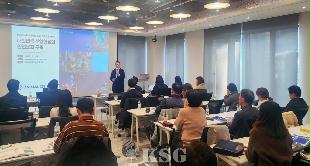




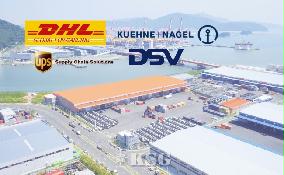

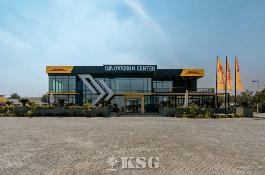
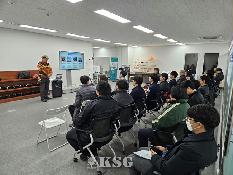

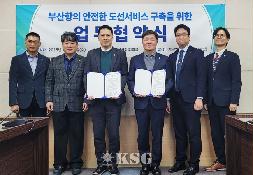


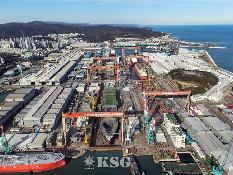
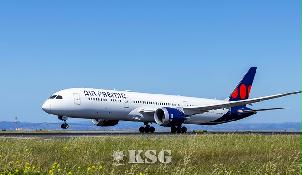
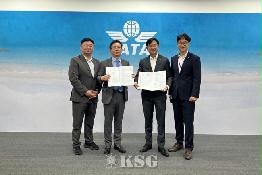

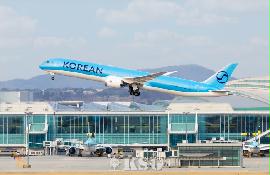


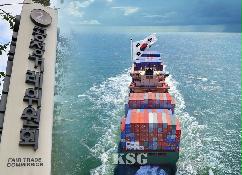
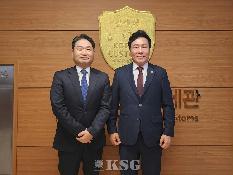

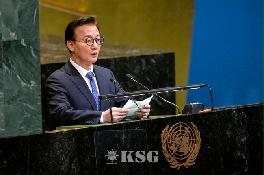
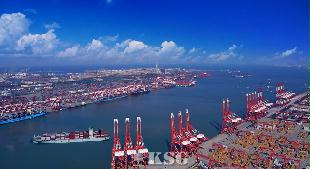
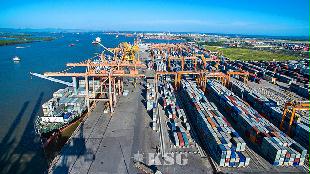
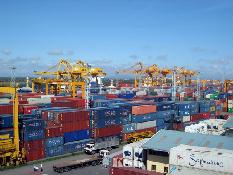






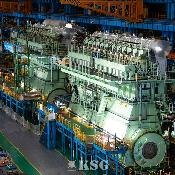
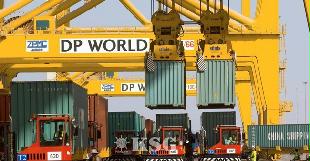

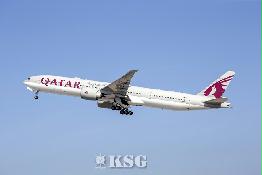





















0/250
확인